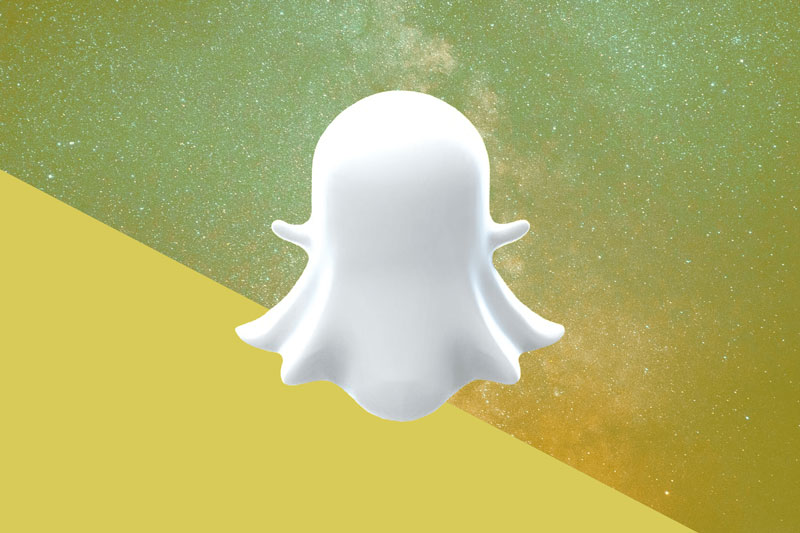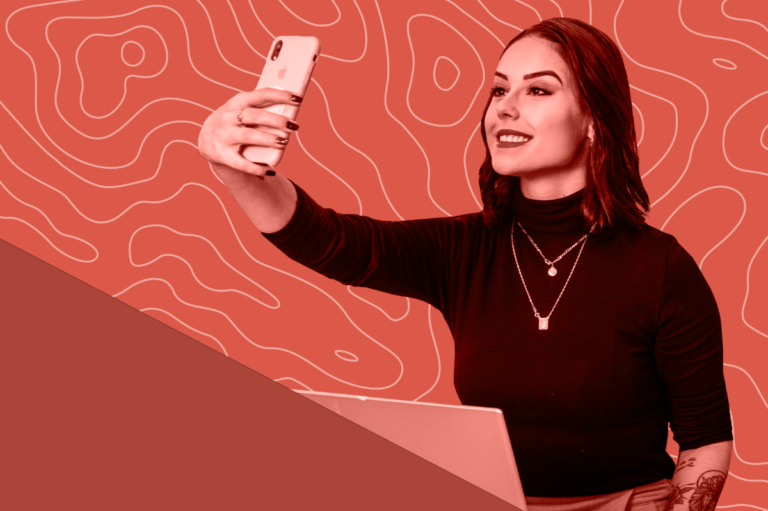What is Snapchat?
Snapchat is a picture messaging app that was originally invented back in 2010 as a means to sending “sexts” (naked pictures) that would disappear after just a few seconds. Since then, the app has evolved into an international phenomenon with over 100 million users (according the WSJ) and is now valued at over $10 Billion.
These days, younger generations are using Snapchat as one of their primary means of communication. College students love the privacy and personal feel of Snapchat. Unlike Facebook and Twitter, you choose what content you see, and who can see yours. Facebook and Twitter have become saturated and full of spam, and it doesn’t help that mom and dad will most likely see everything you and your friends are posting. This is why so many younger people are using Snapchat over Facebook to connect with friends.
Luckily for you as a marketer, only 1% of brands have caught on to this useful tool.
WHY IS SNAPCHAT IMPORTANT FOR BUSINESS?
Over the past several years, Snapchat has seen explosive growth. According to Bloomberg Business, the app has seen 100% growth from January of 2014 to January 2015, and is now on nearly 30% of all iPhones. While 30% may not seem all that high, take into consideration that a vast majority of Snapchat’s user base is under the age of 30. Over 60% of Snapchat users are between the ages of 18 and 24, making it second most popular social media app for the college demographic, behind Instagram.
As a matter of fact, over 77% of college students report using the app on a daily basis, and over 50% of college students surveyed said they would use a coupon from a brand if it were sent to them via Snapchat. (http://www.businessinsider.com/2015-social-network-demographic-trends-2015-2)
In other words, Snapchat is where the college demographics’ attention is for the time being, and that attention is some of the most valuable out of any of the generations. While still palpable, it’s not the purchasing power of these college students that brands should be going after. It’s their vast and readily available networks.
You see, when college students, (and millennials in general,) find something they think is funny or share-worthy, the idea spreads like wild fire. Millennials are part of a sharing culture, especially college students who interact with like-minded peers and spend time with friends on almost a daily basis. Gaining mindshare with individuals like these, whether through Snapchat or any other medium millennials are using, is extremely difficult, but incredibly valuable. While having a reputation for being fickle consumers, millennials are actually extremely loyal to the brands that truly connect with them; so much so, they are willing to personally advocate for the brands as an extension of their own personal values.
All this may be leaving you with one question:
SHOULD MY BUSINESS BE USING SNAPCHAT?
In short: that depends. First, keep in mind that 71% of the apps users are under the age of 25, (Business Insider). If your company’s target demographic is millennials, then read on.
Snapchat is different from any other social media platform in that users must actively seek out your username in order to find and start seeing your posts. In other words, you are going to need an active following on other social media platforms to promote that you are even on Snapchat in the first place. If you are actively engaging customers on Instagram, Facebook, Twitter, etc. then please proceed.
You may be ready to start promoting your brand on Snapchat, but your approach and strategy are crucial. If you do use the app to market to millennials, make sure you keep your messages brief, and your content humorous. You’ll only build a loyal following if you are being entertaining and catching people off guard. It’s not easy to learn the language of this age group, but if you can masterfully use Snapchat to reach millennial consumers, you will certainly have a one up on your competitors who don’t.






